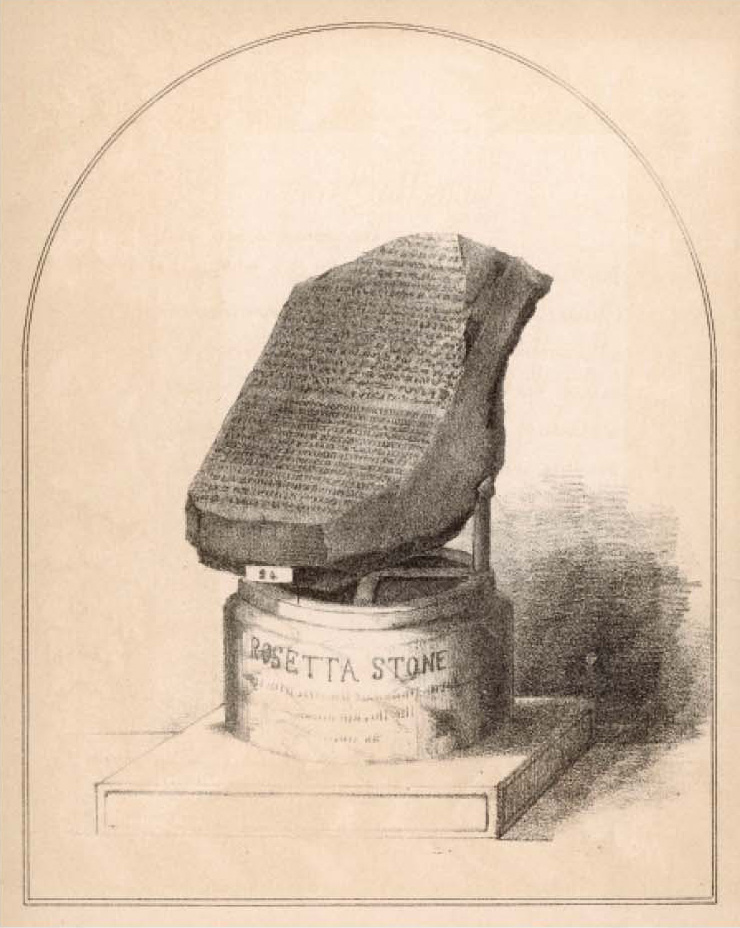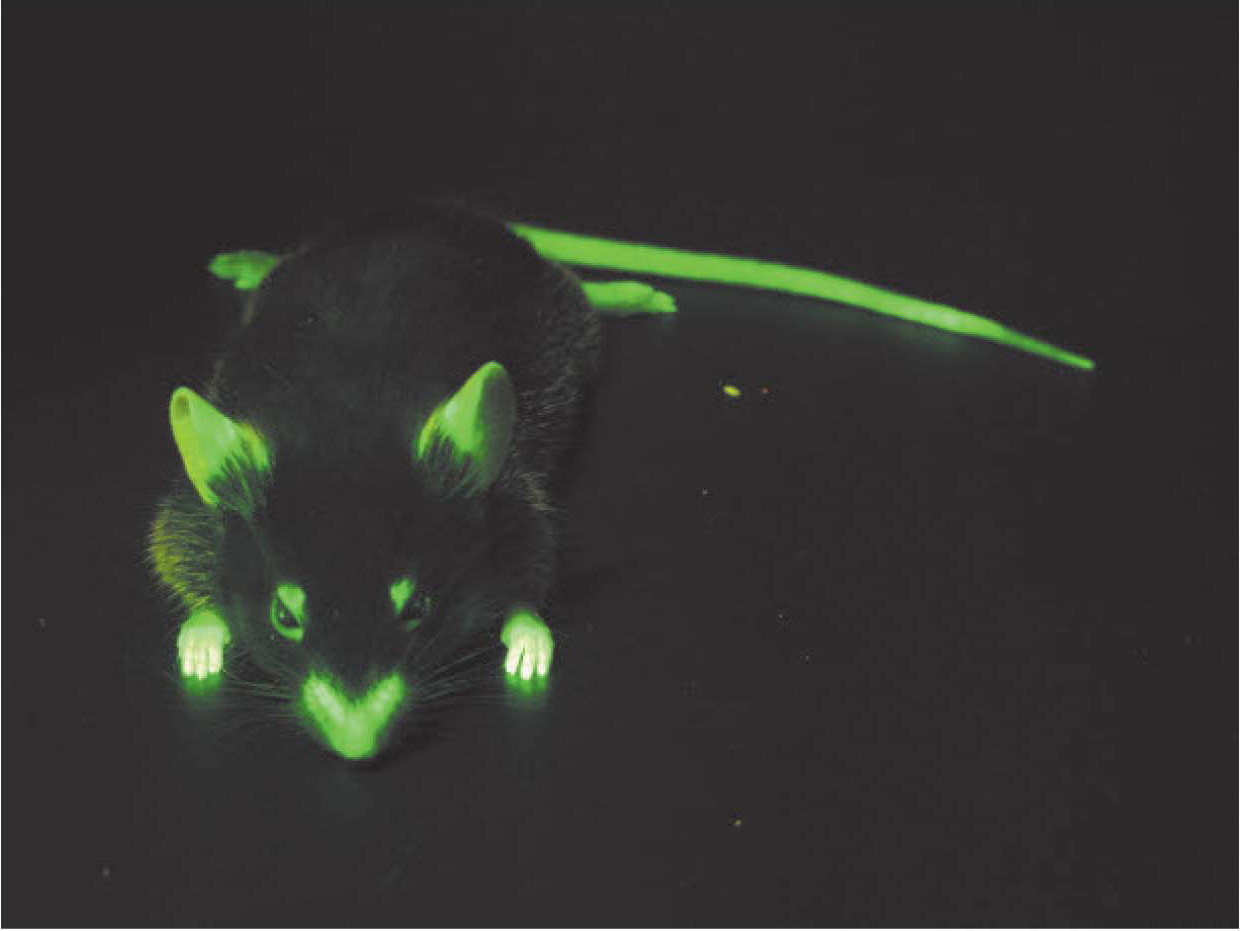Protein Synthesis and Recombinant DNA Techniques
705



In Sections 14 and 15, we saw how genetic information is replicated and transcribed. We will complete our examination of the central dogma by investigating the last leg: protein synthesis, or translation. Protein synthesis is called translation because it is the biochemical process that translates nucleic acid information into amino-
Befitting its position linking the nucleic acid and protein languages, the process of protein synthesis depends critically on both nucleic acid and protein factors. Protein synthesis takes place on ribosomes—enormous complexes containing three large RNA molecules and more than 50 proteins. Interestingly, the ribosome is a ribozyme; that is, the RNA components play the most fundamental roles.
Transfer RNA molecules, messenger RNA, and many proteins participate in protein synthesis along with ribosomes. The link between amino acids and nucleic acids is first made by enzymes called aminoacyl-
706
We begin our examination of translation by first investigating the code that links the nucleic acid alphabet to the amino acid alphabet. Next, we will study some of the key players in the process of translation. We complete our study of translation by learning how all of the components cooperate to orchestrate protein synthesis in an accurate and controlled fashion.
In the final chapter of this section, and of the textbook itself, we complete our examination of the techniques of biochemistry, a task that we began in Chapter 5, with an investigation of recombinant DNA technology. Although only two chapters explore the tools of biochemistry, all that we have learned, and all that future students of biochemistry will learn, is knowledge revealed by the creative use of techniques like those that we examined in Chapter 5 and will examine in Chapter 41.
✓ By the end of this section, you should be able to:
✓ 1 Describe the genetic code.
✓ 2 Identify the step in protein synthesis in which translation takes place.
✓ 3 List the key components of the protein-
synthesis machinery. ✓ 4 Describe the roles of RNA and proteins in protein synthesis.
✓ 5 Explain the role of the ribosome in protein synthesis.
✓ 6 Compare and contrast bacterial and eukaryotic protein synthesis.
✓ 7 Explain how protein synthesis can be regulated.
✓ 8 List the key tools of recombinant DNA technology, and explain how they are used to clone DNA.